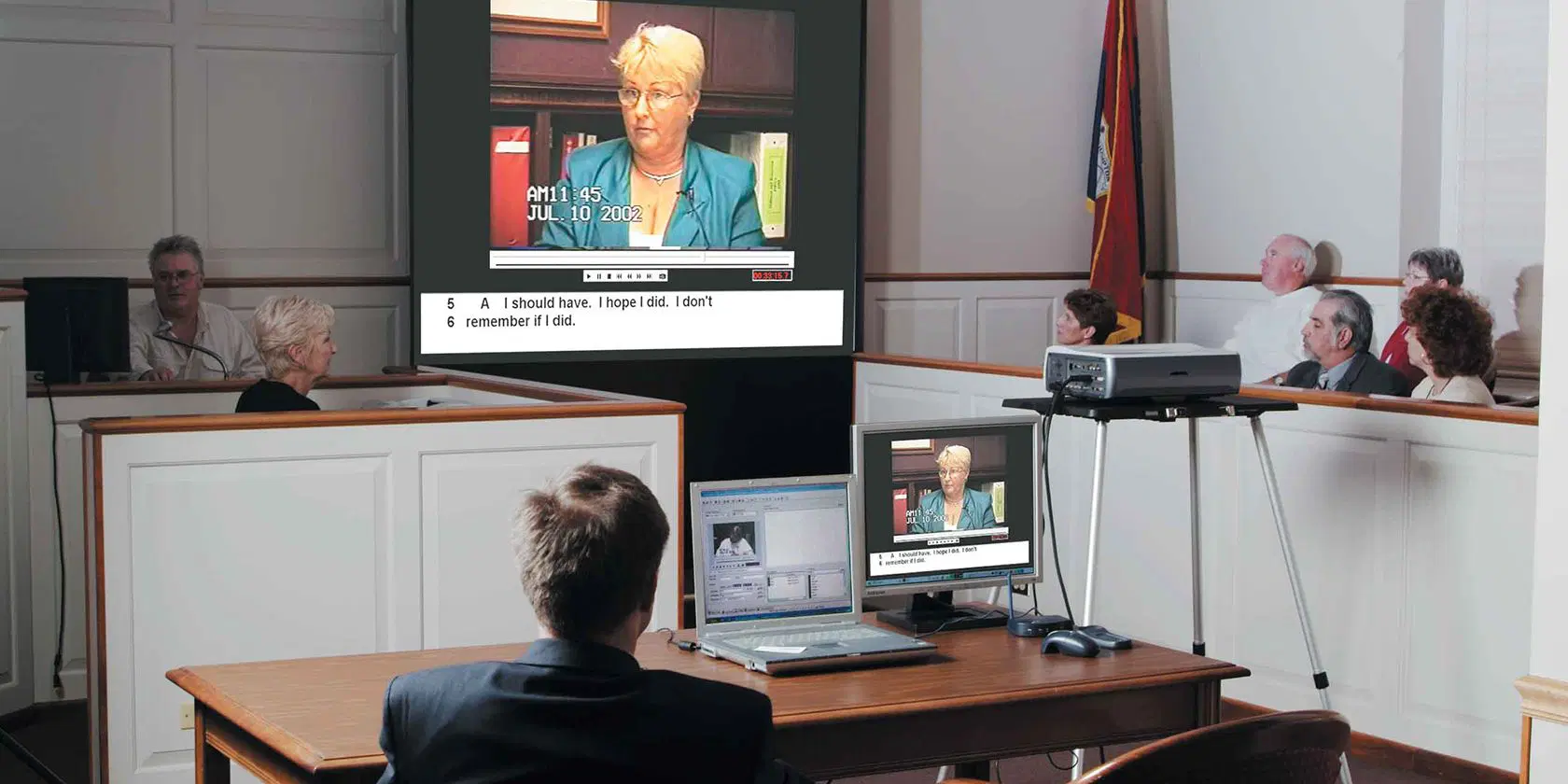Trial Presentation Expert Help to Enhance Your Courtroom Performance
Trial Presentation Expert Help to Enhance Your Courtroom Performance
Blog Article
Mesmerize the Jury: Important Elements of a Powerful Trial Discussion
Vital components such as comprehending the target market, crafting an engaging story, and mastering spoken and non-verbal communication are important components of a reliable discussion. As these variables intertwine, they create a natural strategy that not only educates yet also engages jurors on several degrees.

Comprehending Your Target Market
Recognizing your target market is a pivotal element of efficient trial presentation. An effective discussion depends upon the capability to grasp the demographics, values, and proneness of jurors. This comprehension notifies just how arguments are mounted, proof exists, and psychological allures are crafted, making sure that the message resonates with the jurors on an individual level.
Study suggests that jurors come from varied histories and might have varying levels of understanding relating to legal proceedings (trial presentation). Hence, it is crucial to stay clear of legal lingo that can push away or puzzle them. Instead, employing clear, relatable language promotes involvement and understanding. In addition, comprehending the jurors' prospective predispositions and life experiences permits the test speaker to prepare for objections and address concerns proactively.
Effective trial discussion also includes observing jurors' reactions throughout the procedures. Being in harmony with non-verbal signs can offer insight right into their interaction and receptivity, enabling real-time adjustments in method. Inevitably, a profound understanding of the target market not just enhances interaction but likewise builds relationship, increasing the possibility of a beneficial result. Engaging with jurors as people instead of a collective device is important in fostering a strong connection in the court.

Crafting a Compelling Story
Crafting an engaging narrative is essential in leading jurors through the intricacies of a case. A well-structured narrative not only streamlines intricate lawful ideas yet likewise engages jurors on an emotional degree, making the information more relatable and memorable.
To achieve this, attorneys ought to start by determining the core message they wish to communicate. This message ought to reverberate with the jurors' values and experiences, fostering a link that goes beyond plain truths. The story needs to unfold realistically, offering events in a clear sequence to stay clear of confusion. This chronological method can help jurors comply with the development of events, emphasizing cause and result.
Including human elements-- such as personal stories or stories-- can even more improve the story's effect. These elements evoke empathy, enabling jurors to picture the repercussions of the case on genuine lives. Furthermore, using a consistent style throughout the discussion strengthens the primary debate, making it much easier for jurors to preserve crucial points.
Inevitably, a compelling story changes a trial presentation from a plain recitation of truths into a convincing tale that astounds the jury, motivating them to deliberate with both factor and feeling.
Making Use Of Visual Aids
Including aesthetic help right into a test discussion linked here can substantially boost jurors' understanding and retention of details. Visual materials such as graphes, layouts, photos, and video clips can transform intricate lawful ideas and proof right into conveniently absorbable styles. By engaging several detects, these help enable jurors to imagine the instance's crucial elements, making it simpler for them to comply with along and grasp complex details.
Additionally, properly designed aesthetic help can highlight important factors and emphasize partnerships in between different items of proof. For example, timelines can efficiently highlight the series of events, while annotated images can make clear specific information appropriate to the case. This not just aids in understanding however also strengthens the narrative offered by the lawyer.
Overly complex or cluttered visuals might overwhelm jurors and take away from the message. Eventually, reliable visual interaction can be an effective device in convincing jurors and aiding them get to educated final thoughts.
Understanding Verbal Interaction
Effective verbal communication is important in a trial discussion, as it acts as the main methods whereby lawyers share their debates and connect with jurors. Understanding this ability involves clearness, persuasion, and involvement. Lawyers have to express their factors plainly and briefly, preventing legal jargon that may perplex jurors. Simpleness in language promotes understanding and aids jurors understand complex concerns presented during the test.
Additionally, tone and pacing dramatically influence just how messages are gotten. A positive tone shares authority, while proper pacing permits jurors to soak up details without feeling overwhelmed. Lawyers ought to additionally differ their vocal inflections to stress vital points and preserve jurors' rate of interest throughout the discussion.
Furthermore, the company of spoken arguments is crucial. Structuring the narrative rationally and coherently aids jurors comply with the lawyer's line of thinking, making it much easier for them to maintain more helpful hints essential info. Utilizing persuasive strategies, such as storytelling, can also boost the emotional resonance of the debates offered, thereby developing an extra profound connection with jurors.
Ultimately, mastering verbal interaction not only strengthens a lawyer's situation yet additionally cultivates depend on and connection with the court, dramatically boosting the possibilities of a desirable decision.

Engaging With Body Movement
Nonverbal communication plays an essential role in test presentations, often conveying messages that words alone can not express. Body language, More Bonuses incorporating motions, position, faces, and eye call, significantly influences exactly how jurors perceive the reliability and genuineness of the presenter. A certain position, with shoulders back and an open pose, can instill depend on, while closed-off body movement may recommend defensiveness or unpredictability.

Faces should mirror the feelings connected with the instance, strengthening the narrative being presented. A genuine expression throughout a poignant minute can generate empathy and reinforce the psychological charm. Inevitably, mastering body language is vital for effective test discussions, as it improves verbal communication and develops a compelling visibility that reverberates with the court.
Verdict
In final thought, astounding the jury requires a calculated strategy that encompasses recognizing the audience, crafting an engaging story, using visual help, understanding spoken communication, and engaging via body language. Each element plays a vital function in creating a powerful test presentation that resonates with jurors on both emotional and intellectual levels (trial presentation). By incorporating these components effectively, lawful specialists can substantially boost their capability to encourage and affect court decision-making
Report this page